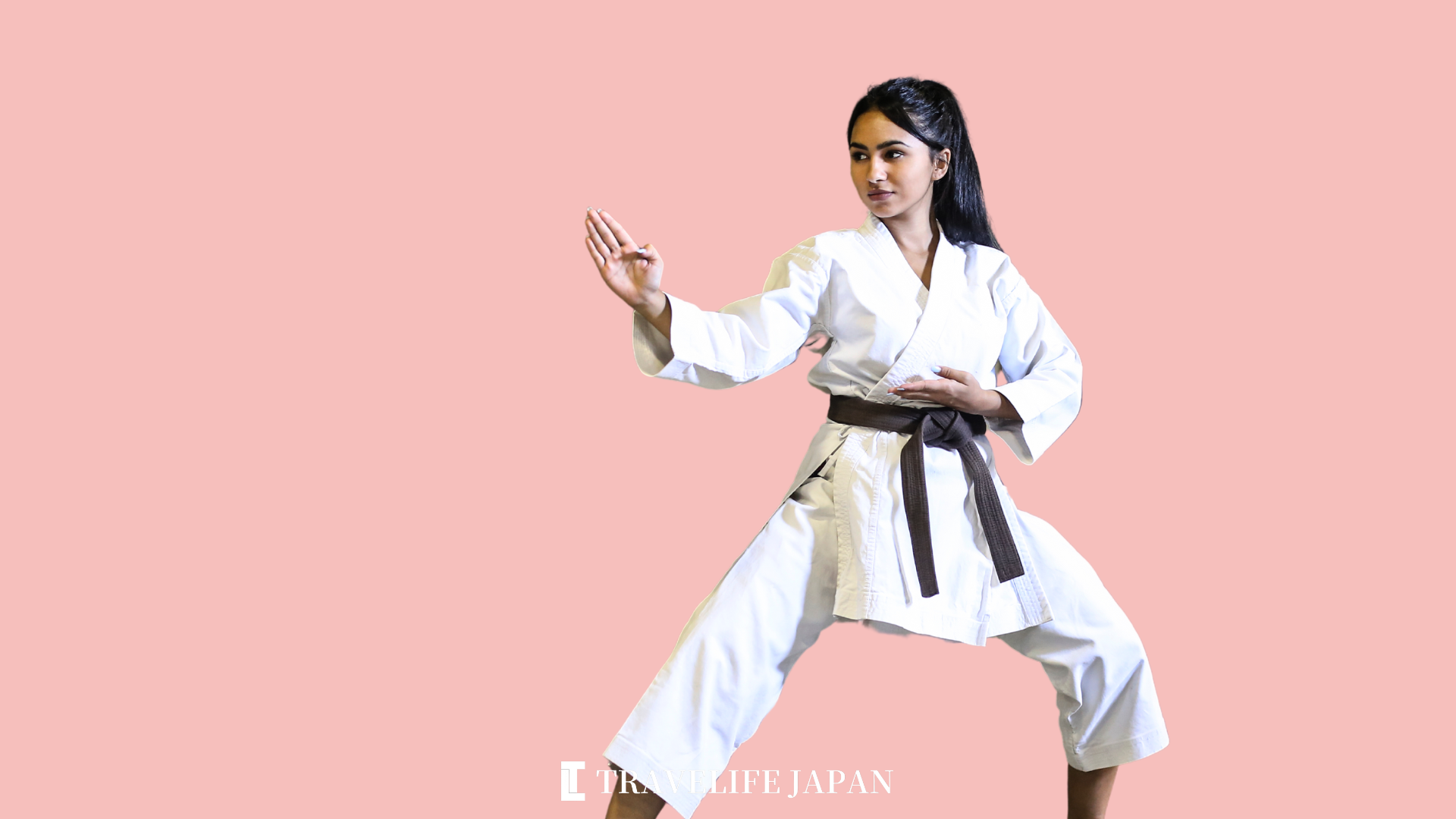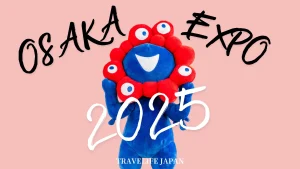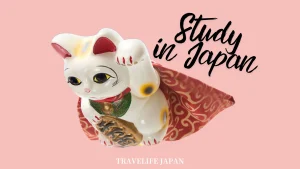How did karate, an “empty hand” martial art from Okinawa, rise to global fame? This summary traces its journey from a secret discipline to a world-renowned sport, showcasing karate’s rich history and evolution across Japan and beyond, now celebrated by millions of practitioners worldwide.
History and Evolution of Karate
Origins of Karate in Okinawa
Karate traces its roots to Okinawa, a region with a rich martial arts history, originally known as Ryukyu. Its earliest form, “Te,” evolved with influence from Chinese martial arts in the 14th century, gradually shaping into what is known today as karate, or “empty hand.” The transformation from “Tote” (Tang hand) to karate symbolized the shift to focusing on unarmed techniques, marking a significant evolution in its practice and philosophy.
Karate’s Spread and Evolution in Japan
Karate’s journey from a secretive art to mainstream popularity began in the early 1900s in Okinawa and continued as it spread to the Japanese mainland. A pivotal moment came in 1922 during the First National Athletic Exhibition in Tokyo, where “kata” demonstrations showcased karate to a wider audience. This exposure, especially among universities, ignited karate’s popularity across Japan. The post-World War II era saw Japanese instructors introducing karate on a global scale, further diversifying its styles and practices.
Unification and Global Recognition
With over 100 styles of karate developing over time, the need for unification became apparent, especially after the 1964 Tokyo Olympics highlighted the sport’s potential for international competition. The establishment of the All Japan Karatedo Federation (JKF) in 1964 and the World Karate Federation (WKF) in 1970 were crucial steps towards standardizing rules and fostering global camaraderie among practitioners. Today, the WKF represents millions of karate enthusiasts and competitors in 165 countries, showcasing karate’s enduring appeal and cultural significance on the world stage.
Rules of Karate
Kumite: The Art of Sparring in Karate
Kumite, karate’s sparring discipline, showcases a blend of agility, precision, and controlled power within an 8-meter square arena. Central to kumite is the ‘non-contact rule,’ emphasizing technique and discipline over force. Competitors aim to execute powerful strikes and defensive maneuvers without making physical contact, highlighting the importance of control. Matches, lasting 3 minutes for men and 2 minutes for women, are judged on technique quality, targeting accuracy, and adherence to karate etiquette. This discipline demands high agility, strategic thinking, and technical skill, encapsulating the dynamic spirit of karate competition.
Principles and Scoring of Kumite
In kumite competitions, scoring reflects a sophisticated assessment of each move’s quality, effectiveness, and the competitor’s commitment to form and karate principles. Direct contact is penalized, underscoring the art’s emphasis on safety and precision. The scoring system, designed to evaluate the execution’s finesse and strategic application, requires competitors to demonstrate not just physical prowess but a deep understanding of karate’s foundational tenets. This approach nurtures a competitive environment where discipline and control prevail over aggression, resonating with karate’s broader philosophical teachings.
Kata: Karate’s Choreographed Expression
Contrasting with kumite’s dynamic encounters, kata embodies karate’s reflective and disciplined aspects through choreographed sequences that simulate combat situations. Competitors perform pre-selected katas, judged on technique precision, execution intensity, movement fluidity, and overall presentation. This evaluation criterion ensures that practitioners not only demonstrate technical accuracy but also convey the intensity and spirit behind each movement. Kata competitions offer a window into the practitioner’s depth of understanding, showcasing their ability to merge physical skill with the art’s rich tradition and values, thus cementing kata as a cornerstone of karate training and competition.
Equipment of Karate
Essential Protective Gear for Kumite
In the sparring discipline of kumite, safety is paramount, necessitating specific protective gear for competitors. This includes headgear to mitigate the risk of head injuries, mouthguards to protect teeth and reduce oral injury risks, and hand and foot pads designed to cushion the impact of strikes. For additional torso protection, some competitions require chest protectors, safeguarding against impacts to vital areas. These protective measures ensure the well-being of practitioners, allowing them to display their skills in a controlled, yet forceful manner without the risk of serious injury.
Karate Uniform: Gi and Obi
Central to karate practice is the uniform, known as the ‘gi’, crafted for durability and flexibility to accommodate the full range of motion required in both kumite and kata. The ‘obi’, or belt, signifies the practitioner’s rank, with colors ranging from white for beginners to black for advanced levels. The gi’s design is not only practical, facilitating effective technique execution, but also carries traditional significance, embodying the discipline and respect integral to karate culture.
Additional Safety Measures in Karate Training and Competition
Beyond the basic protective gear, karate practitioners may also utilize groin protectors and shin guards during more intensive sparring sessions or in specific competitions. These additional pieces of equipment further minimize injury risks, enabling practitioners to engage more fully in the sport’s physical demands. This comprehensive approach to safety underscores karate’s commitment to maintaining the sport’s integrity and spirit, ensuring that practitioners can focus on skill development and competitive excellence.
Experiencing Karate
Visiting a traditional karate dojo in Japan can be an enriching experience for martial arts enthusiasts and those interested in Japanese culture. Here are five notable karate dojos in Japan where you can have an authentic and immersive experience:
Naha Dojo (Okinawa)
If you want to experience the roots of karate, Naha in Okinawa is a must-visit. It’s known as the birthplace of many karate styles. There are several dojos and training centers in Naha where you can learn and practice traditional Okinawan karate.
Japan Karate Association (JKA) Honbu Dojo (Tokyo)
The JKA is one of the most well-known karate organizations globally. The Honbu Dojo in Tokyo is the headquarters where you can attend classes and witness the legacy of Shotokan karate. It’s a place to learn from some of the most experienced instructors in the world.
Kyokushin Kaikan Honbu Dojo (Tokyo)
If you’re interested in full-contact karate, Kyokushin is a formidable style. The Honbu Dojo in Tokyo, headed by the late Mas Oyama, offers intensive training and hosts international events.
Wado-Ryu Karate Honbu (Tokyo)
Wado-ryu is another popular karate style. The Wado-ryu Honbu in Tokyo is where you can experience the teachings of Hironori Otsuka, the founder of Wado-ryu, and learn this unique style of karate.
Shorin-Ryu Shorinkan (Okinawa)
Shorin-ryu is a popular Okinawan karate style. Shorin-ryu Shorinkan in Okinawa, headed by Hanshi Shugoro Nakazato, offers a chance to train in the birthplace of the style and learn from experienced instructors.
Conclusion
Karate’s journey from the shores of Okinawa to the international stage is a testament to its enduring appeal and effectiveness as a martial art. With over a hundred recognized styles and millions of practitioners, it continues to thrive and evolve. The unity brought by organizations like the All Japan Karatedo Federation (JKF) and the World Karate Federation (WKF) has allowed karate to reach new heights in terms of standardized rules and international competitions. As we reflect on the history and evolution of karate, we can appreciate the dedication and passion of countless individuals who have contributed to its global growth, making it a martial art that transcends borders and cultures, promoting not only physical prowess but also discipline, respect, and personal growth. Karate remains a powerful testament to the enduring human spirit and the pursuit of excellence.
\ Follow Our Community /
INQUIRE NOW
Want to learn Japanese in Japan?
Ask us any questions with free application support.
Fast and Easy!








